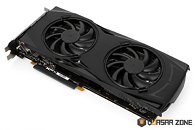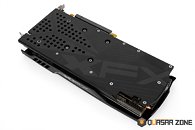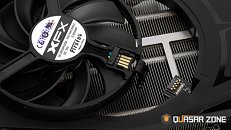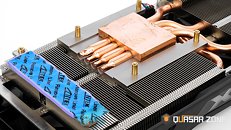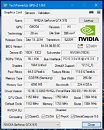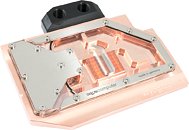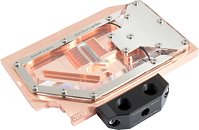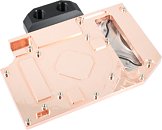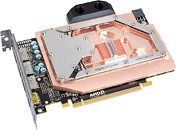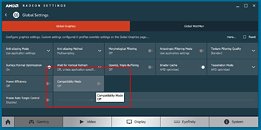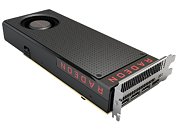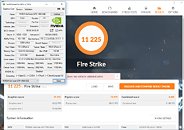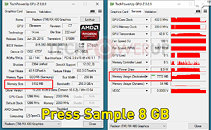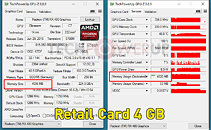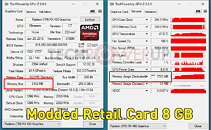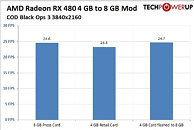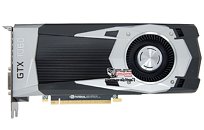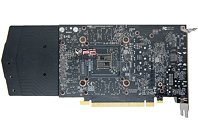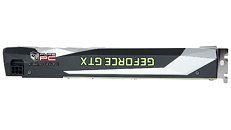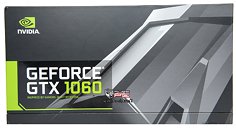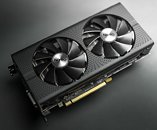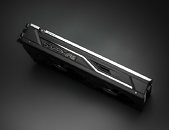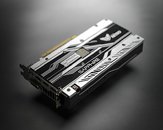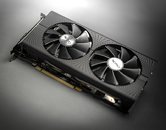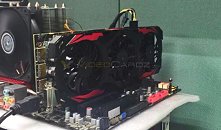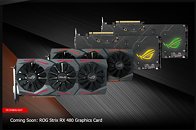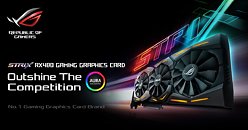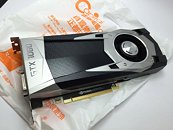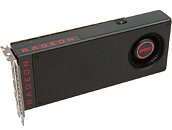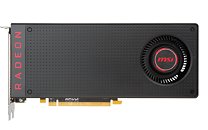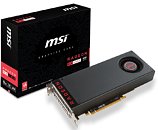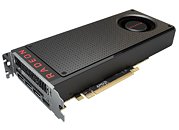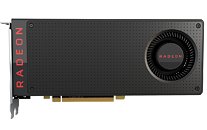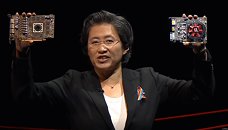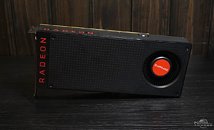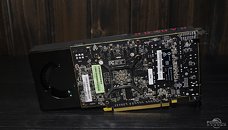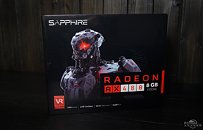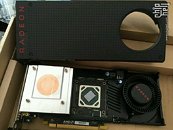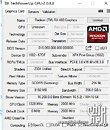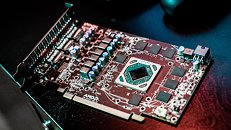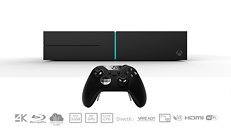
XFX Radeon RX 480 Double Dissipation Pictured
Here are some of the first detailed pictures of XFX Radeon RX 480 Double Dissipation graphics card. The card combines a custom-design PCB with a meaty custom cooling solution by the company, to support factory-overclocked speeds and overclocking headroom further still. The cooling solution, from which the card derives its name, features two aluminium fin-stacks, to which heat drawn from a copper base is conveyed by four 6 mm-thick copper heat pipes, and ventilated by a pair of 90 mm spinners.
These fans can be detached from the cooler without needing any tools, and without even having to detach the cooler shroud. A back-plate finishes off the cooling solution. The PCB draws power from a single 8-pin PCIe power connector, and uses a 6-phase VRM with high-end International Rectifier DirectFETs to condition it for the GPU. The card features factory-overclocked speeds in excess of 1300 MHz. The card features 8 GB of memory. Display outputs include a DVI connector, besides three DisplayPort 1.4 and one HDMI 2.0b. XFX could launch the card later this week.
These fans can be detached from the cooler without needing any tools, and without even having to detach the cooler shroud. A back-plate finishes off the cooling solution. The PCB draws power from a single 8-pin PCIe power connector, and uses a 6-phase VRM with high-end International Rectifier DirectFETs to condition it for the GPU. The card features factory-overclocked speeds in excess of 1300 MHz. The card features 8 GB of memory. Display outputs include a DVI connector, besides three DisplayPort 1.4 and one HDMI 2.0b. XFX could launch the card later this week.
